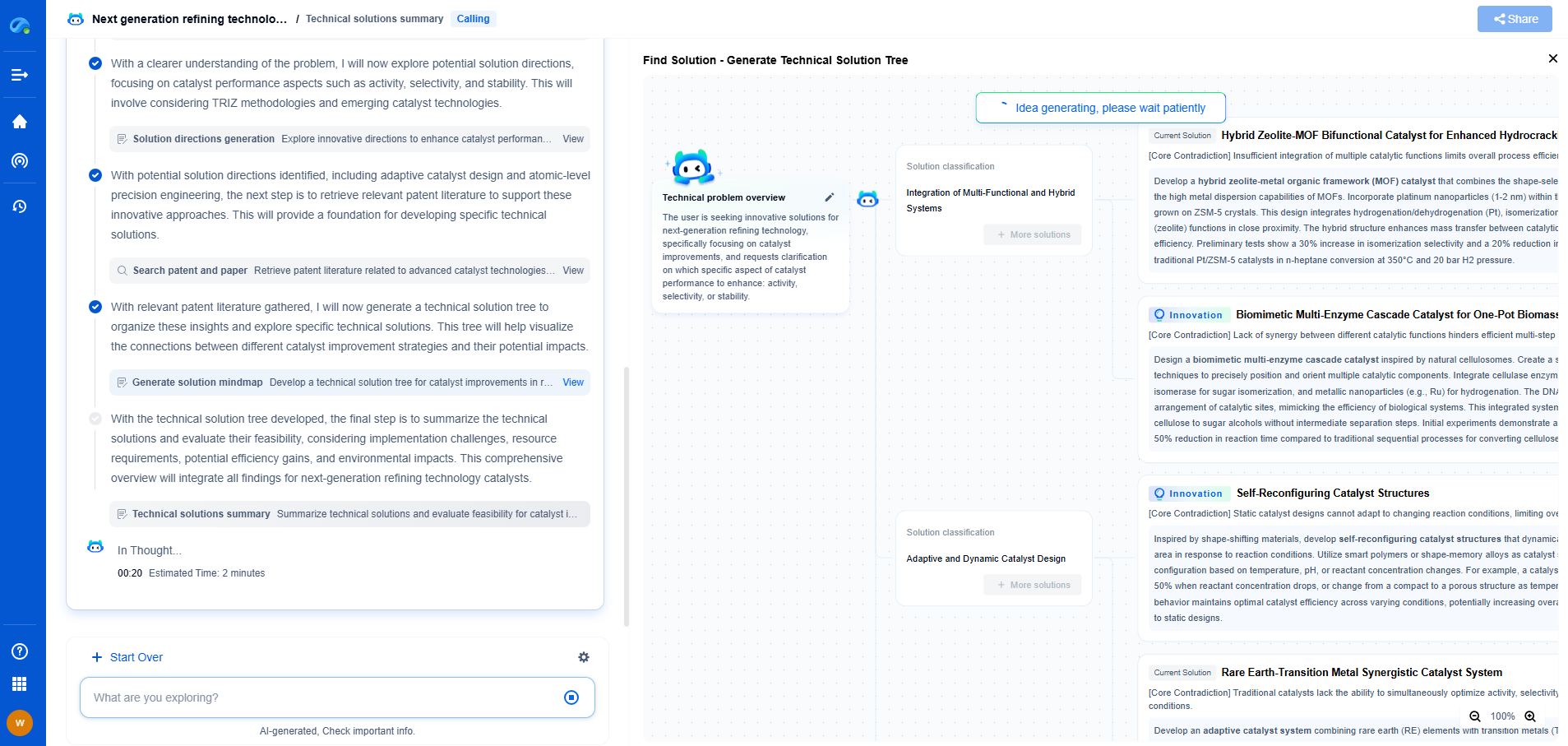What Is the Difference Between IEEE and ITU Protocol Standards?
JUN 27, 2025 |
In the realm of telecommunications and information technology, standards play a crucial role in ensuring interoperability, reliability, and efficiency. Among the myriad of organizations responsible for developing these standards, the Institute of Electrical and Electronics Engineers (IEEE) and the International Telecommunication Union (ITU) are two of the most prominent. While both organizations contribute significantly to the development of protocol standards, they operate in different domains and focus on distinct areas of technology. In this blog, we will delve into the differences between IEEE and ITU protocol standards, exploring their roles, areas of focus, and the impact they have on the industry.
Background of IEEE and ITU
The Institute of Electrical and Electronics Engineers (IEEE) is an American-based organization known for its extensive work in electrical, electronic, and computing fields. Founded in 1963, IEEE develops a wide range of standards, often dealing with network protocols, wireless communications, and other electronic systems. It is known for its rigorous technical processes and contributions to the development of standards like Wi-Fi (IEEE 802.11) and Ethernet (IEEE 802.3).
On the other hand, the International Telecommunication Union (ITU) is a specialized agency of the United Nations, founded in 1865, making it one of the oldest international organizations. ITU focuses on global telecommunication standards, encompassing a vast array of communication technologies. Its standards are integral to international telecommunication regulations, and it plays a pivotal role in facilitating global consensus on telecommunication issues.
Focus Areas
IEEE primarily focuses on standards related to electronic and computing technologies. Its standards are widely adopted in areas such as wireless networking, telecommunications, and broadcasting. IEEE protocols often cater to local area networks (LANs) and personal area networks (PANs), with standards like IEEE 802.11 (Wi-Fi) and IEEE 802.15 (Bluetooth) achieving global popularity. These standards are essential for device interoperability, ensuring that equipment from different manufacturers can communicate efficiently.
In contrast, ITU standards are centered around global telecommunication networks and services. ITU's scope covers a wide range of communication technologies including radio, television, satellite, and telephony. Its standards are crucial for cross-border communications, ensuring seamless connectivity between countries. The ITU's focus on international regulations means its standards often address issues such as frequency allocation, transmission protocols, and international signaling systems.
Standardization Process
The process of standardization for IEEE and ITU is distinct, reflecting their respective organizational structures and goals. IEEE standards are developed through a consensus-driven approach, involving committees of experts from academia, industry, and government. The development of IEEE standards is often characterized by technical rigor and detailed specifications, making them suitable for complex engineering applications.
ITU, being a UN agency, relies on a more diplomatic approach to standardization. ITU standards are developed through international collaboration, with member states and industry stakeholders negotiating to reach agreements. This process ensures that ITU standards reflect a balance of diverse interests and are suited for global implementation. The ITU's approach enables it to address not only technical aspects but also regulatory and policy considerations.
Impact on Industry
IEEE standards are pivotal in driving technological innovation, particularly in the fields of networking and telecommunications. They provide the technical foundation upon which products and services are built, fostering competition and facilitating market growth. The widespread adoption of IEEE standards ensures compatibility and interoperability, which are essential for consumer satisfaction and industry advancement.
ITU standards, with their international scope, have a profound impact on global communications. They enable seamless cross-border connectivity, which is essential for the global economy, emergency response, and international collaboration. By addressing regulatory and technical challenges, ITU standards help harmonize communication protocols worldwide, promoting a cohesive global telecommunication infrastructure.
Conclusion
While both IEEE and ITU are instrumental in developing protocol standards, their focus areas, standardization processes, and impacts on the industry differ significantly. IEEE's expertise in technical engineering standards complements ITU's global regulatory approach, highlighting the importance of both organizations in advancing technology. Understanding the differences between IEEE and ITU standards is crucial for industry professionals, policymakers, and anyone interested in the future of telecommunications and information technology. Together, these organizations ensure that as technology evolves, it remains accessible, reliable, and effective on both local and global scales.
Unlock Next-Gen Innovation in Communication Technology with Patsnap Eureka
The field of communication technology is evolving at breakneck speed—from 5G and satellite systems to next-gen wireless protocols and quantum communications. Staying ahead demands more than just information—it requires strategic insights, real-time patent intelligence, and a deep understanding of technological trajectories.
Patsnap Eureka, our intelligent AI assistant built for R&D professionals in high-tech sectors, empowers you with real-time expert-level analysis, technology roadmap exploration, and strategic mapping of core patents—all within a seamless, user-friendly interface. Whether you're optimizing signal processing designs, navigating 3GPP standards, or exploring IP strategies for IoT and 6G networks, Eureka helps you move faster, think deeper, and innovate smarter.
Try Patsnap Eureka today—and see how it can transform the way you work across the entire communication technology innovation lifecycle.
- R&D
- Intellectual Property
- Life Sciences
- Materials
- Tech Scout
- Unparalleled Data Quality
- Higher Quality Content
- 60% Fewer Hallucinations
Browse by: Latest US Patents, China's latest patents, Technical Efficacy Thesaurus, Application Domain, Technology Topic, Popular Technical Reports.
© 2025 PatSnap. All rights reserved.Legal|Privacy policy|Modern Slavery Act Transparency Statement|Sitemap|About US| Contact US: help@patsnap.com

